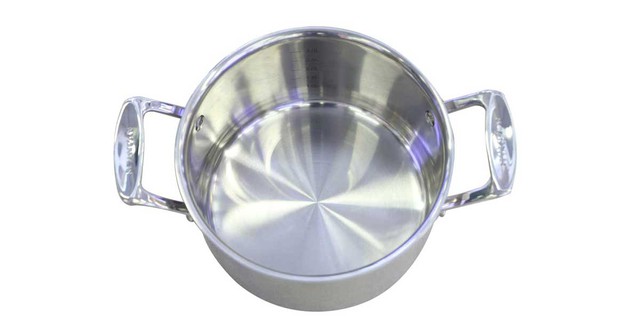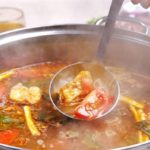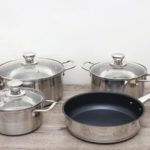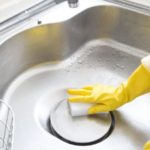With 3 years of experience working in the steel conglomerate ArcelorMittal in Spain, “living in stainless steel materials”, Dr. Vu Thi Tan guides on choosing quality stainless steel.
Currently, there are 3 main types of stainless steel used to make kitchen utensils including stainless steel 201, stainless steel 304, and stainless steel 430.

Stainless steel kitchen utensils have many types, but you have to know how to choose the quality type to avoid harming your health.
Tan Vu
Stainless steel 201: Made from 16-18% chromium, 3.5-5.5% nickel, 0.15% carbon, and 5.5-7.5% manganese. To reduce production costs, unreliable cooking utensil manufacturers might replace some of the nickel component with manganese. The more manganese, the more toxic it is.
Stainless steel 430: The main components are chromium and iron, low carbon content, no or very little nickel (only 0-0.75%). This is the lowest quality stainless steel, prone to corrosion and rust. Stainless steel 430 initially looks very shiny, but it will tarnish over time and is not safe for health.
Stainless steel 304: The minimum composition includes 18% chromium and 8% nickel, plus a maximum of 0.08% carbon content. For this reason, it is also called 18/10 stainless steel.
Stainless steel 304 has excellent corrosion resistance in harsh environments, with high heat resistance. This type of stainless steel holds many “best” qualities: the best, most durable, most flexible, highest resistance to oxidation, and least prone to rust. It is widely used in medical devices for its superior characteristics. Therefore, housewives should choose to buy stainless steel 304 for kitchen utensils.
Dr. Tan recommends buying stainless steel items at reputable stores and supermarkets. Usually, at the bottom of the basket or pan, there is a label indicating the type of stainless steel.
Stainless steel 304 is not magnetic, so for utensils such as spoons, forks, baskets, or trays, you can test them with a magnet. For pots and pans, it is a bit difficult to distinguish because good quality stainless steel often has multiple layers of stainless steel, in which the base must have stainless steel 430 in order to be magnetic, suitable for induction cooktops.
On the other hand, stainless steel 430 contains more iron and impurities, so it is highly magnetic. There are also plated stainless steel or scrap stainless steel. These types are not safe for the health of users. The main material of plated stainless steel is steel, iron, or aluminum coated with a thin layer of stainless steel. When this layer wears off due to strong iron scrubbing, it is very dangerous to health when cooking.
Comparing Cooking Times: Casting, Stainless Steel, or Aluminum Pots?
Do you want to know which pot cooks food faster? In this article, we compare the benefits of cast iron, stainless steel, and aluminum pots to determine which one is the quickest.



































